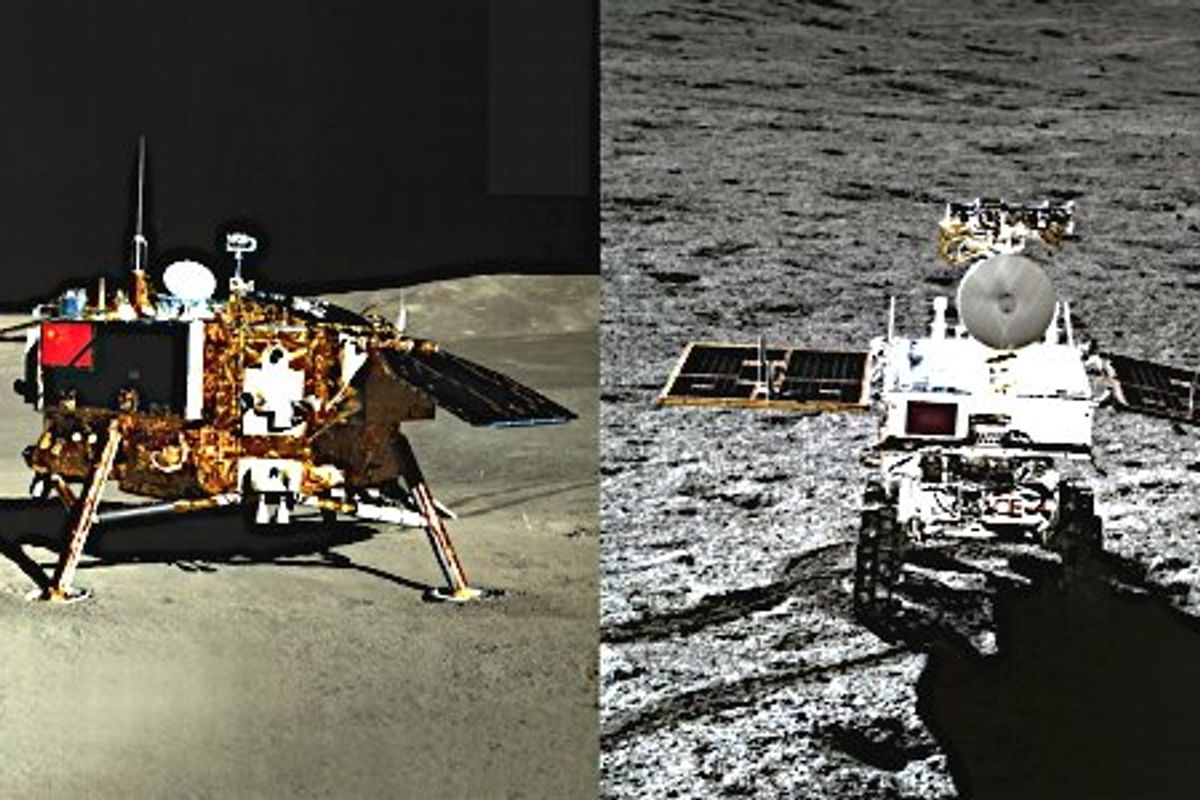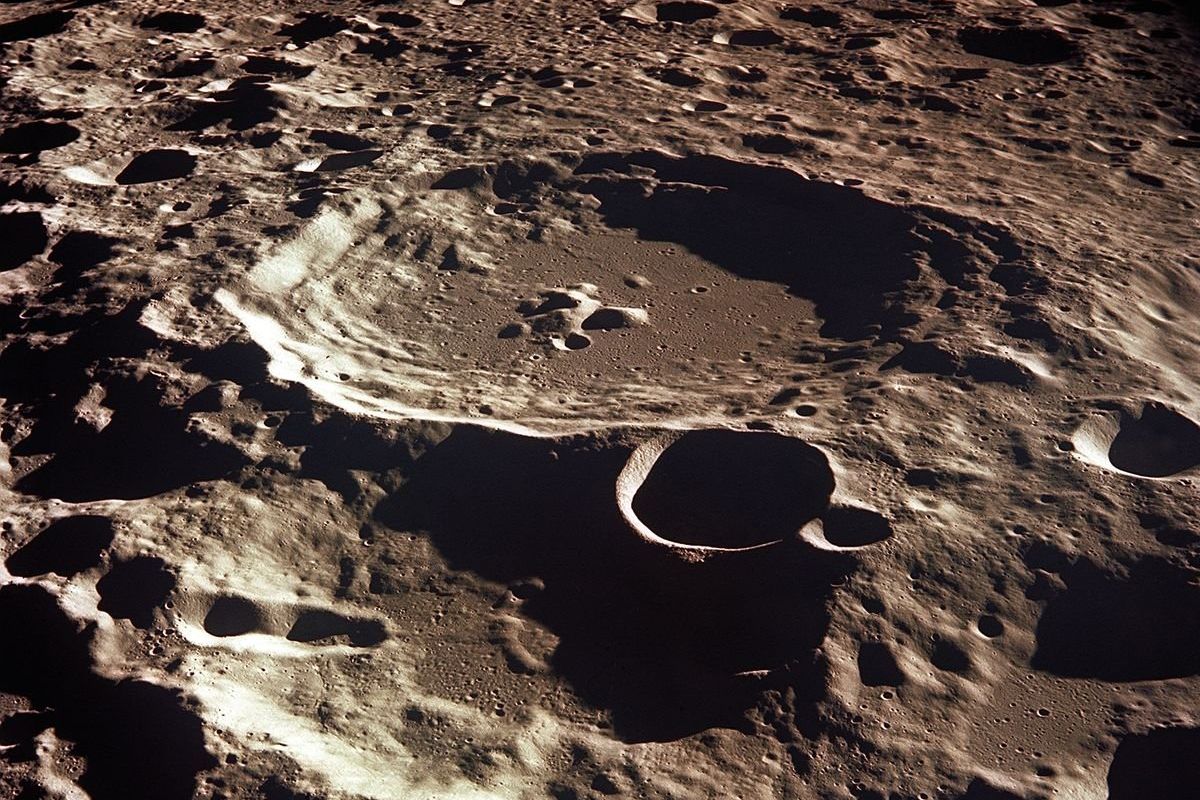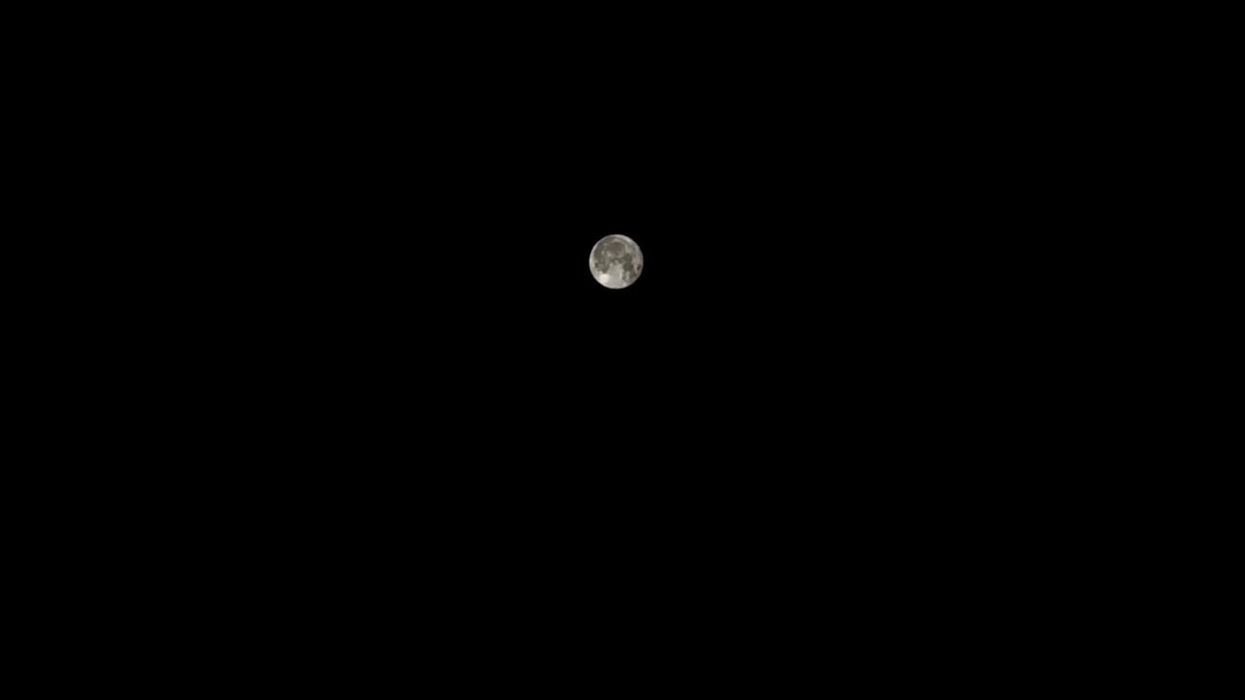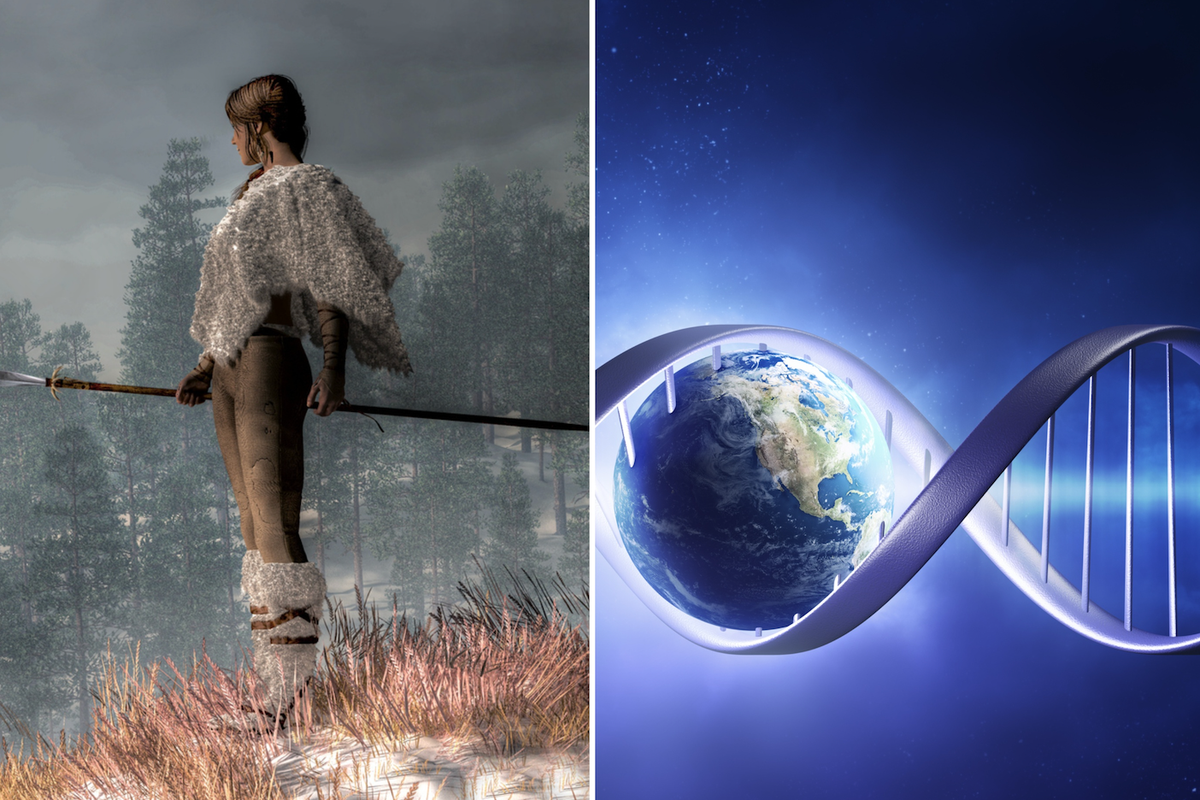Harriet Brewis
Jun 24, 2025
Sturgeon Moon in The Sky Above Chicago, IL, USA
content.jwplatform.com
Scientists have uncovered billions of years’ worth of secrets buried beneath the surface of the moon.
Our celestial companion has been a source of awe and mystery since time immemorial, but now, thanks to China’s space programme, we’re starting to piece together its past.
In 2018, the Chang’e-4 lander, of the Chinese National Space Administration (CNSA), became the first spacecraft ever to land on the far side (or the dark side, if you'd prefer) of the moon.
Since then, it has been capturing incredible images of impact craters and extracting mineral samples, offering a long-sought insight into the structures that make up the top 1,000 feet of the moon’s surface.
Back in 2023, the Chang’e-4’s findings were finally published, and the world was invited to delve deep into the history of our cherished natural satellite.
The results, published in the Journal of Geophysical Research: Planets, reveal that the top 130 feet (40m) of the lunar surface are made up of multiple layers of dust, soil, and broken rocks.
Hidden within these layers is a crater, which formed when a large object slammed into the moon, according to Jianqing Feng, an astrogeological researcher at the Planetary Science Institute in Tucson, Arizona, who co-led the pioneering analysis.

Beneath this, Feng and his colleagues discovered five distinct layers of lunar lava that spread across the landscape billions of years ago.
Experts believe that our moon formed 4.51 billion years ago, when a Mars-size object crashed into Earth and broke off a chunk of our planet, as Live Science notes.
Over the following 200 million years or so, the moon continued to be pummelled by space debris, with numerous impacts leaving cracks in its surface.
Just like on Earth, the moon’s mantle contained pockets of molten magma, which infiltrated the newly formed cracks thanks to a series of volcanic eruptions, Feng explained.
However, the new data provided by Chang’e-4 showed that the closer the volcanic rock was to the moon’s surface, the thinner it got.
"[The moon] was slowly cooling down and running out of steam in its later volcanic stage," Feng said. "Its energy became weak over time."

It is understood that volcanic activity on the moon died out between a billion and 100 million years ago, which means it is largely considered “geologically dead”.
However, Feng and his co-authors have suggested there could still be magma buried deep beneath the lunar surface.
Chang’e-4 still has much work to do, and Feng and his team hope this is just the beginning of their literally ground-breaking mapping of the moon.
This article was first published on October 8, 2023
Why not read...
- Scientists discover gigantic 'structure' under the surface of the Moon
- Strange structures found lurking beneath Antarctic ice
- 'Thrilling' 11,000-year-old megastructure discovered under the Baltic Sea
Sign up for our free Indy100 weekly newsletter
Have your say in our news democracy. Click the upvote icon at the top of the page to help raise this article through the indy100 rankings.
Top 100
The Conversation (0)














